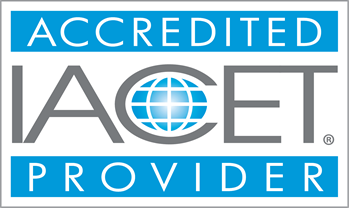Price: $104.99
24-HOUR EM 385-1-1
This course delves into understanding the responsibilities of safety officers, identifying potential hazards, devising strategies for accident prevention, and utilizing hazard analysis forms effectively. It also explains specific safety practices like choosing PPE, monitoring materials safely, avoiding falls, making sure of safe access, staying safe throughout excavations, and using tools appropriately. These updates enhance participants' grasp of safety protocols compared to previous approaches, which primarily emphasized raising awareness.
Course Modules - (33)
This intermediate-level course has been designed for Contractors and Employees who need to fulfill EM 385-1-1 training requirements for government or army contract work. Collateral Duty Safety Officers or CDSOs must take this course in addition to the 24 hours of mandatory refresher training every four years.
Our course will cover the EM 385-1-1 manual, which contains the U.S. Army Corps of Engineers' occupational safety and health rules. It will also cover workplace management, the requirements for personal protection equipment, fall prevention, and other topics.
Who Needs Our 24-Hour EM 385-1-1 Training?
Our course is best for employees who are required to complete EM 385-1-1 training of 24 hours, including:
● Contractors who work on USACE projects or military installations.
● Government or military employees who must comply with or enforce EM 385-1-1 standards
● Collateral Duty Safety Officers (CDSOs) who are required to undergo a 24-hour refresher training after every four years.
EM 385-1-1 training is of different types depending on the hours of training. We also offer the 40-Hour EM 385-1-1 and 16-Hour EM 385-1-1 training courses for employees who have to meet the EM 385-1-1 training standards.
Learning Outcomes:
The main objective of our 24-Hour EM 385-1-1 training course is to give employees the training they need to adhere to the health and safety standards set out by the USACE in the EM 385-1-1 document. The major topics covered in our course include:
● Identify which EM 385-1-1 rules contractors and CDSOs need to follow in order to inspect a job site.
● Use EM 385-1-1 guidelines to stop common hazards and incidents at work.
● Select the proper safety monitoring systems, engineering controls, and PPE for the work that comes under the USACE contract.
● Describe the best practices for using safe equipment for a variety of jobs in the workplace.
Completion Requirements:
- 100% appearance for the course
- Fully involvement in all class trainings (determined by instructor)
- Completion of Continuing Education and Training Registration Form
- Completion of mandatory quiz assessments
- As applicable, attainment of least passing score on required end-of-course examination
- Participation and submittal of end-of-course assessment form (must provide name on form to obtain credit)


